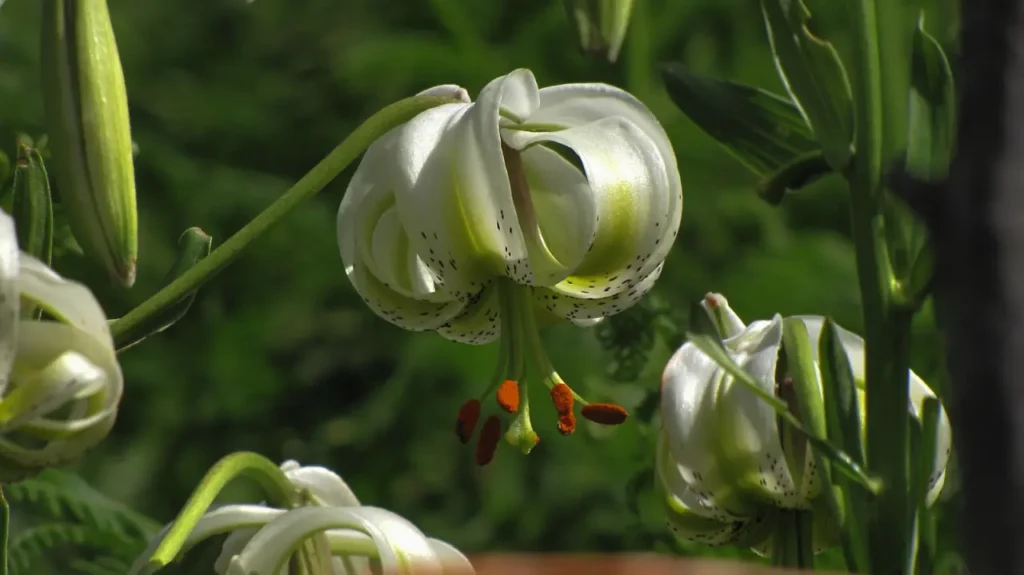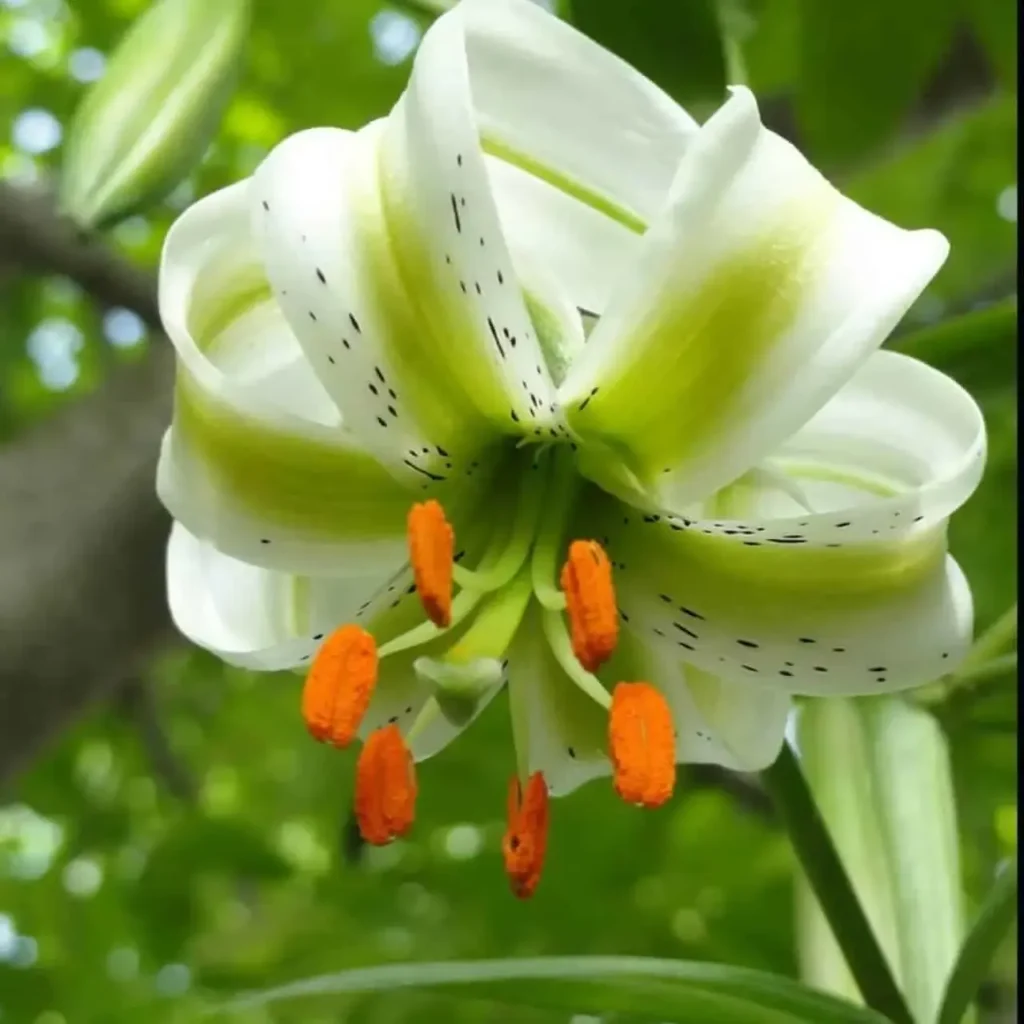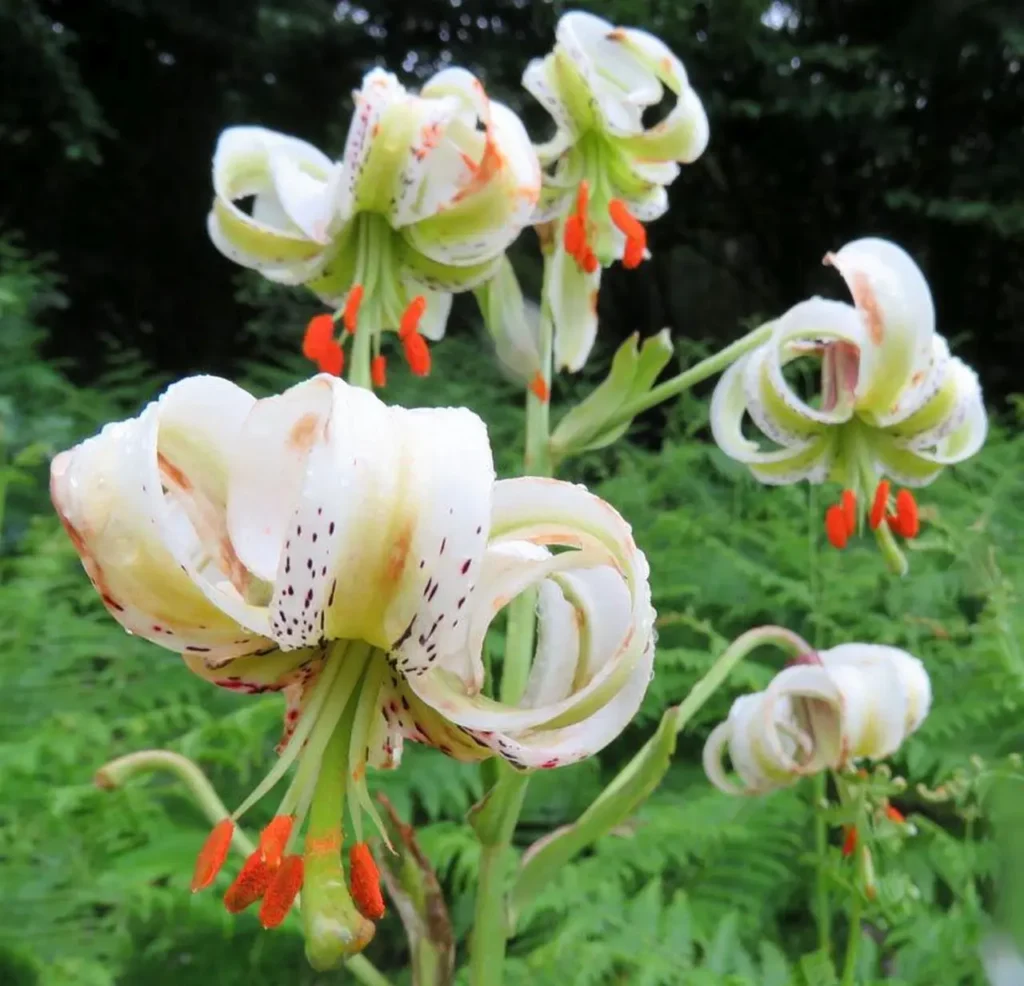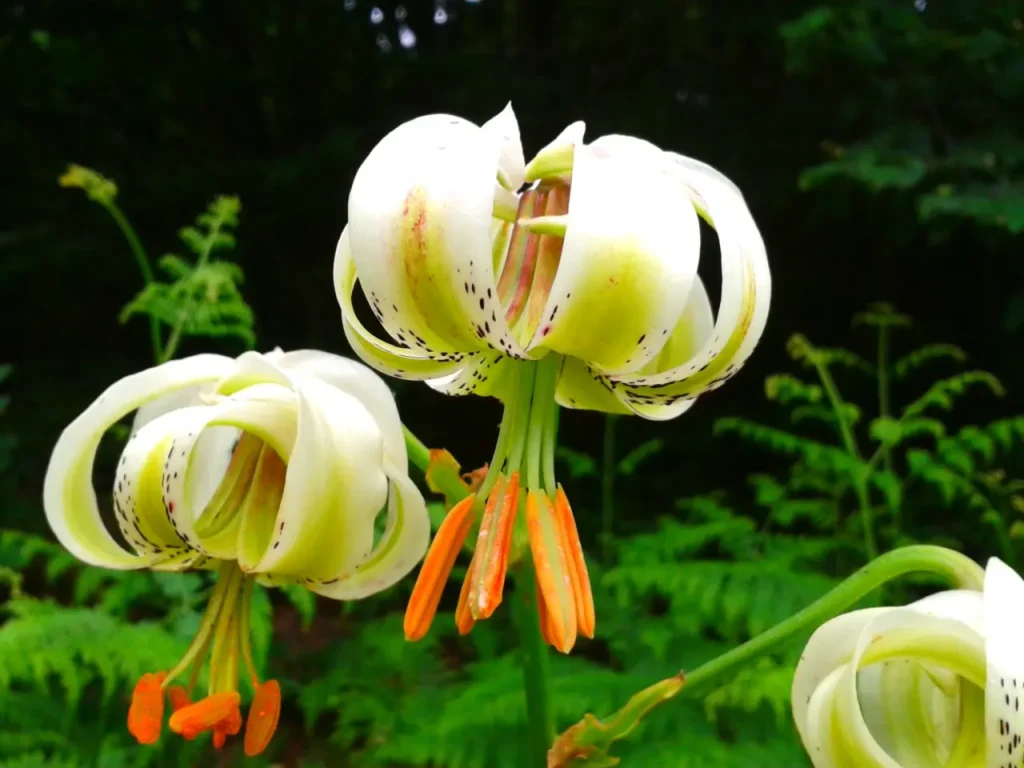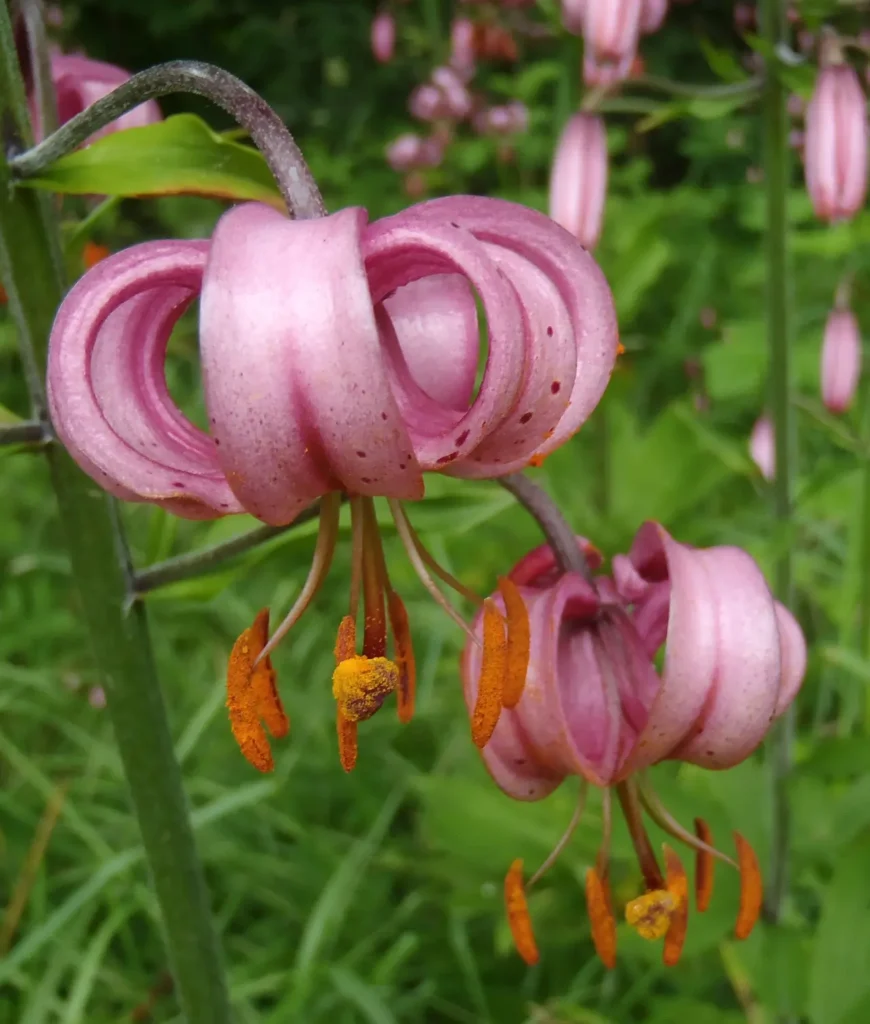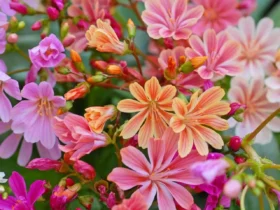Among the rugged mountain slopes and alpine meadows of Central Asia, a delicate and exquisite flower graces the landscape—the Lilium ledebourii. Commonly known as the Maroon Lily or Ledebour’s Lily, this captivating lily species captivates with its unique appearance, vibrant colors, and tenacity in surviving harsh alpine environments. Let’s explore the enchanting world of Lilium ledebourii and discover the remarkable qualities that make it a true gem of the floral kingdom.
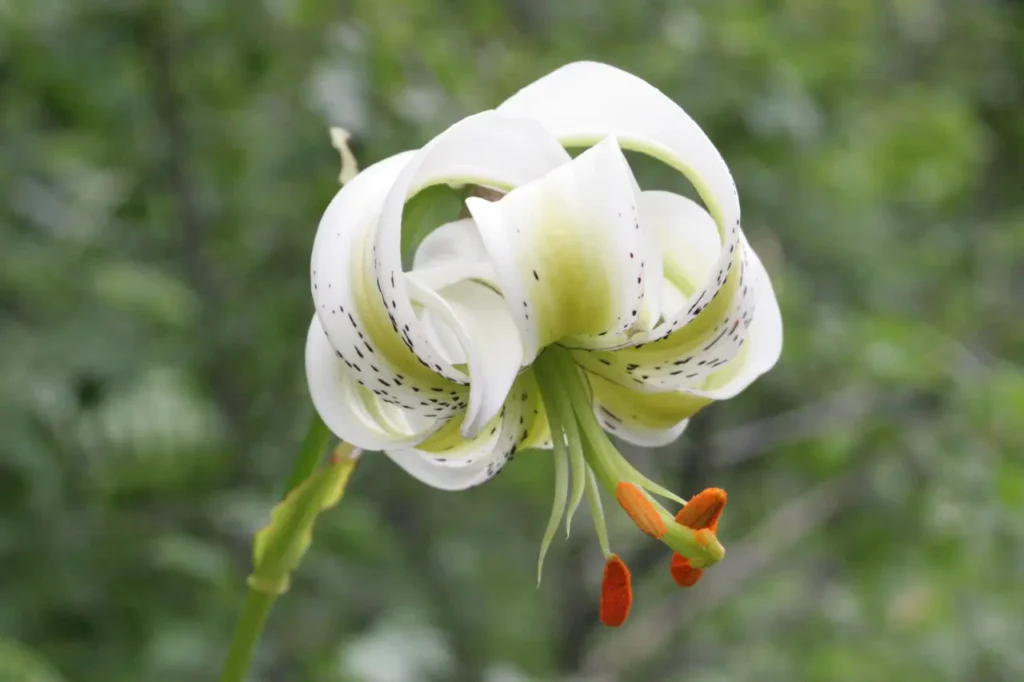
Appearance and Distribution
Lilium ledebourii is a species of lily that belongs to the Liliaceae family. It is native to the mountainous regions of Central Asia, particularly found in countries such as Kyrgyzstan, Kazakhstan, Tajikistan, and Uzbekistan. Its natural habitat includes high-altitude areas, rocky slopes, and subalpine meadows.
This lily species showcases a distinctive appearance that sets it apart from other lilies. Its elegant and elongated flowers feature deep maroon to purple-red petals, often adorned with a sprinkling of freckles or spots. The downward-facing blooms have a graceful, bell-like shape, and they exude a sweet fragrance that attracts pollinators, such as bees and butterflies.
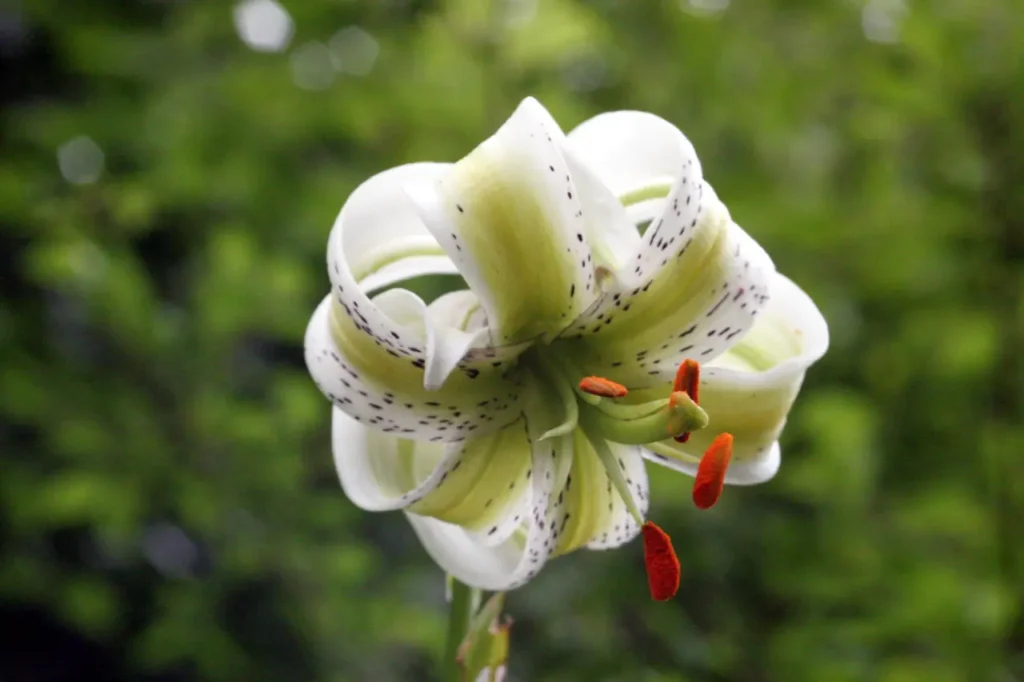
Habitat and Adaptation
The Maroon Lily is well-adapted to the challenging conditions of its alpine habitat. It thrives in rocky and scree-covered slopes, where it can find well-drained soil and ample sunlight. Its hardy nature enables it to withstand harsh weather conditions, including frost and snow, making it a true survivor of the high mountains.
Due to its preferred habitat on steep slopes, the Maroon Lily may be difficult to access and observe, further adding to its allure and rarity.
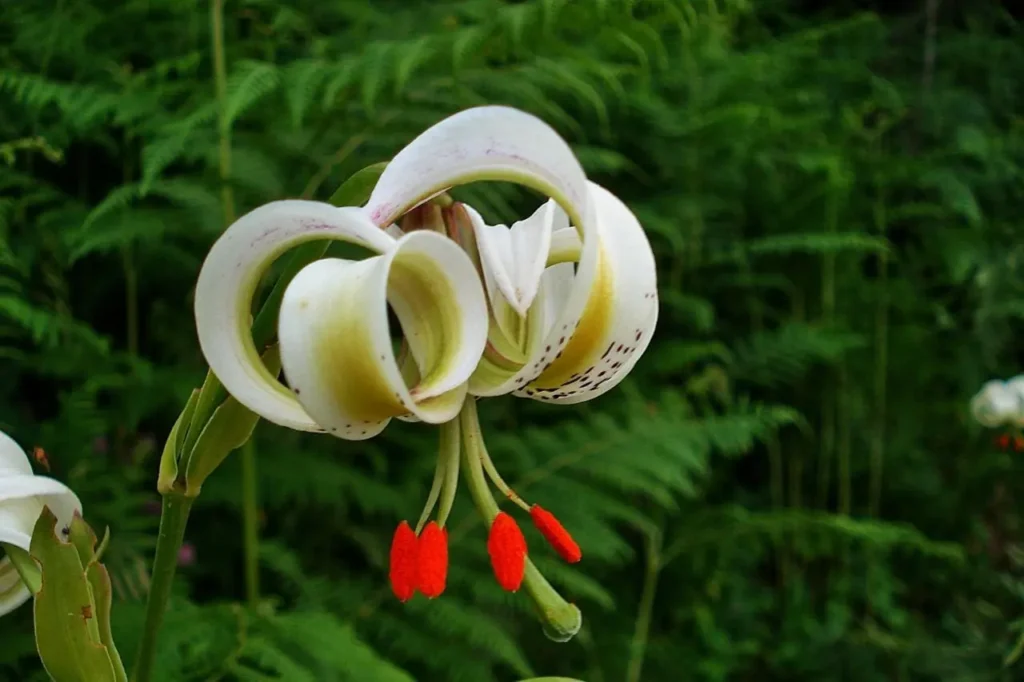
Conservation and Protection
As with many alpine plants, the Maroon Lily faces threats related to habitat loss and degradation caused by human activities, including infrastructure development, agriculture, and grazing. Additionally, the effects of climate change, such as rising temperatures and changing precipitation patterns, may also impact the survival of this delicate flower.
Conservation efforts are crucial to protect the Maroon Lily and its alpine habitat. Initiatives to preserve and restore its natural environments, establish protected areas, and promote sustainable land-use practices can help ensure the survival of this exquisite lily species.
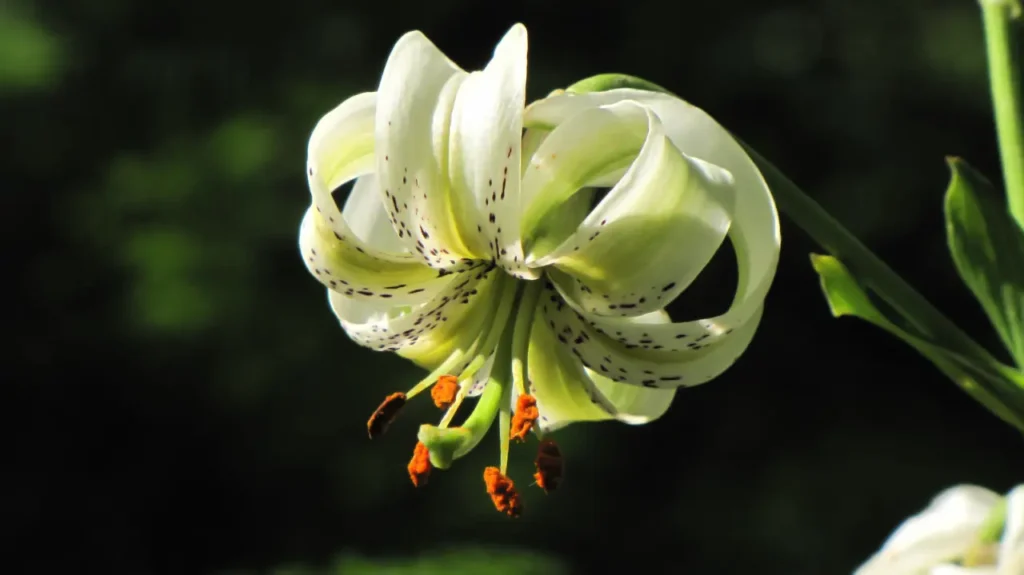
Cultural Significance
The Maroon Lily holds cultural significance in some regions of Central Asia. In Kyrgyzstan, for instance, the Maroon Lily is considered a national flower and is treasured for its beauty and resilience in the challenging mountainous landscapes.
In addition to its cultural value, the Maroon Lily also serves as an indicator species for the health of alpine ecosystems. Its presence or absence can provide insights into the overall condition of these fragile habitats and the impact of environmental changes.
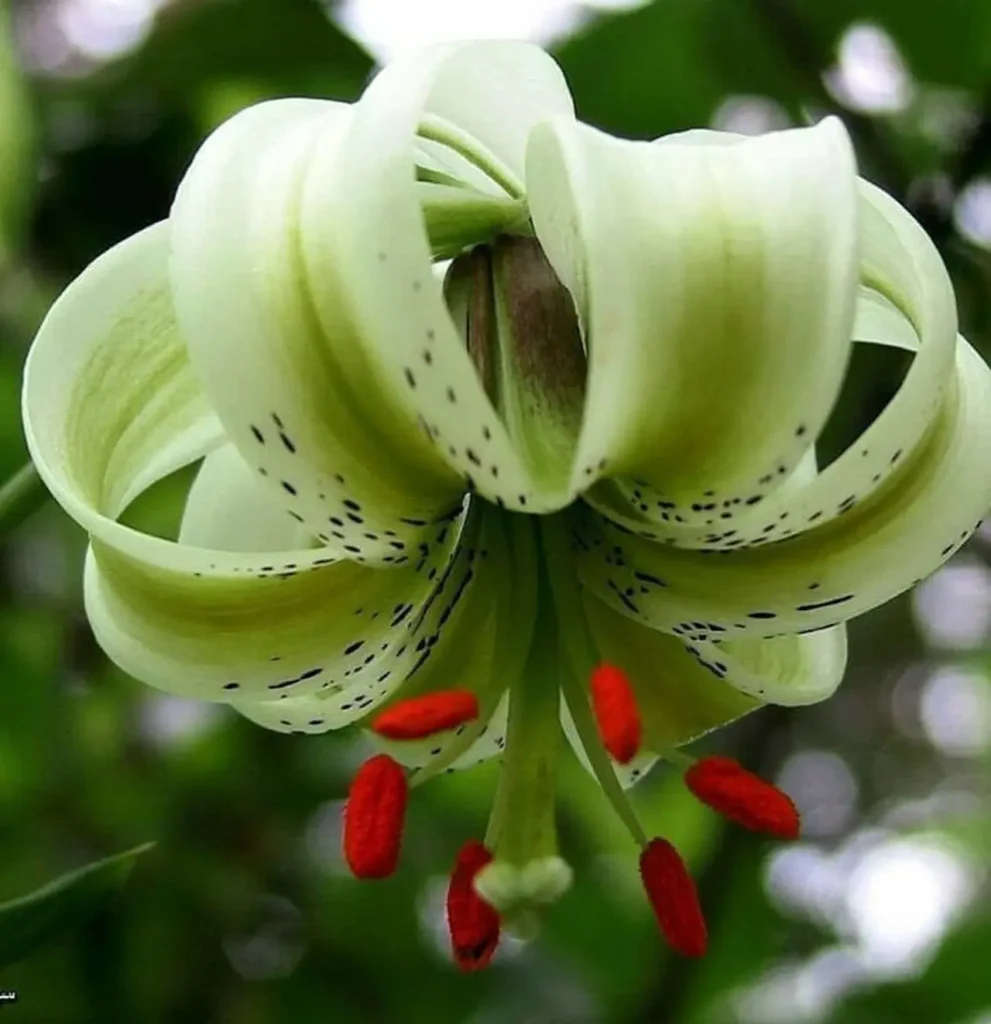
An Alpine Treasure
The Maroon Lily, also known as Lilium ledebourii, stands as an alpine treasure of Central Asia, enchanting with its delicate beauty and tenacious spirit. As a symbol of resilience in harsh mountain landscapes, it reminds us of the beauty and fragility of our natural world. By valuing and protecting the alpine environments where this exquisite lily thrives, we ensure that future generations can continue to be captivated by the allure of the Maroon Lily—a living testament to the delicate wonders of the floral kingdom.
